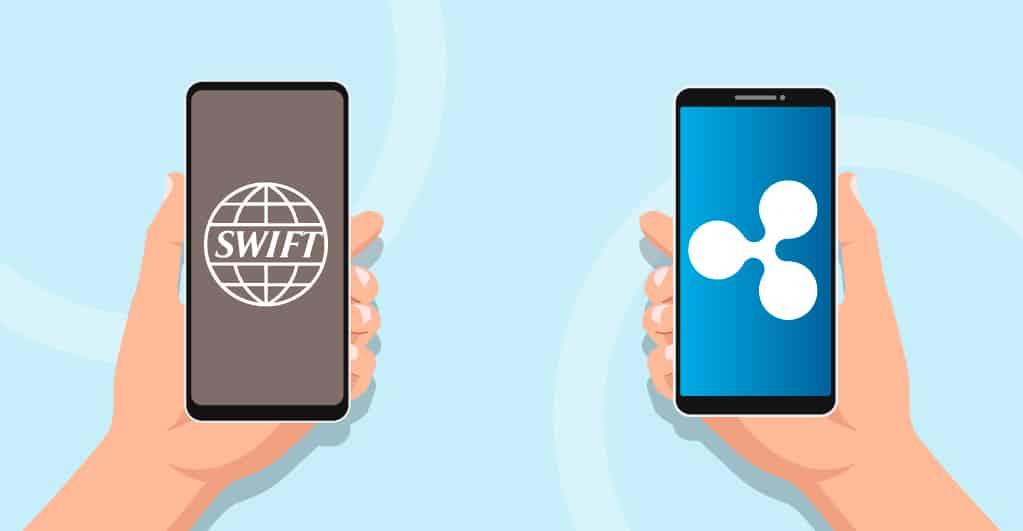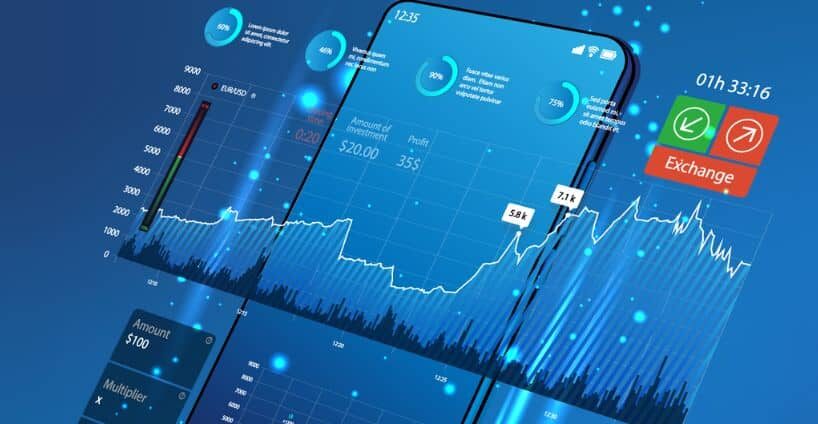SWIFT vs. Ripple: Which is Better?

Many banks and financial institutions rely on SWIFT for transferring funds across the borders. But with the advent of blockchain technology, that is going to change forever.
Often seen as a cryptocurrency, Ripple is predominantly a cross-border, peer-to-peer digital payment network built on the sophisticated distributed consensus protocol named InterLedger Protocol. It has its own crypto token XRP that serves as a mediator when moving assets between the financial institutions over RippleNet. To overtake SWIFT, Ripple provides banks and institutional payment providers with a similar yet faster, secure, and efficient global real-time gross settlement (RTGS) infrastructure called xCurrent.
On the other hand, SWIFT is an interbank financial messaging service. It is widely accepted by banks to send money anywhere in the world. It has been the only connecting link between thousands of banks operating worldwide. However, because of this massive network and jurisdiction-specific currencies, the sending or receiving funds via SWIFT becomes a slow, obscure, and overly expensive process.
This article explains the challenges inherent in the existing international payment system and how SWIFT and Ripple intend to solve them.
What is the difference between SWIFT and Ripple?
Starting with SWIFT, banks need a system that can facilitate the transfer of money to the other party overseas. The Society for Worldwide Interbank Financial Telecommunication (SWIFT) is a member-owned cooperative founded in 1973 that provides a financial communication system for more than 11,000 financial institutions in over 200 countries to execute international transactions. Each SWIFT member institution gets a unique bank identifier code to ensure that the transactions are processed quickly, efficiently, and securely.
Whenever a transaction is requested, the banks exchange this SWIFT message that contains money transfer instructions with each other using a standardized system of codes to further the transaction process. For this to happen, both the sender and receiver banks need to have established a relationship through commercial accounts. In case there is no relationship between the banks, then an intermediary bank will take over the task of moving the funds at an additional cost. SWIFT can facilitate nearly half of the world’s high-value cross-border transactions.
Coming to Ripple predictions, the core idea behind this revolutionary digital payment network is to ward off the intricacies faced by the parties involved in the transaction. The overall processing time, fees, and transparency are the most sought after features in a payment system, and Ripple excels in every area. Instead of using third-party gateways or acting as a communication system, Ripple offers the cross-border payments product xCurrent that brings financial institutions on the same page with its RippleNet network.
Every Ripple member gets the authority to verify transactions, link them with XRP, and then forward them to the receiving financial entity. Unlike SWIFT, Ripple entrusts its network of banks and payment services providers to exchange transaction information. The security of funds is maintained by its distributed XRP Ledger, which keeps a record of every transaction for future references. The higher scalability of Ripple results in a swift transaction and that too at a nominal cost.
The difference between Ripple and SWIFT Cross Border Payments
The software that Ripple uses to facilitate and track remittance settlements in real-time is xCurrent. The xCurrent differs from traditional RTGS as it can settle different currencies and work concurrently as a currency exchange and a payment network.
The main components of xCurrent include the bi-directional messaging system for money transfer, the InterLedger Protocol that eliminates central authorities, and the payment validation software to avoid the risk of fund settlement. The partnering banks or financial institutions need to install xCurrent to be able to process payments.
- The paying bank receives funds to transfer.
- The bank then connects to RippleNet and xCurrent.
- The real-time bi-directional messaging allows the paying bank to get and confirm payment details before the transaction.
- The paying bank pays the transaction or currency exchange fees.
- Funds are released instantly across all ledgers, and transfer is complete.
The threat posed by Ripple forced SWIFT to upgrade itself and introduce the Global Payments Innovation (GPI) in 2017. GPI intends to equip banks with instant fund settlement capabilities at an improved throughput time and reduced cost. More importantly, GPI empowers financial institutions with same-day processing of cross-border payments and end-to-end payment tracking. However, GPI uses the existing SWIFT messaging system to execute the transaction.
- The paying bank receives funds.
- SWIFT finds a relation between paying and receiver banks.
- Funds are transferred to the paying correspondent bank that charges a fee.
- The paying correspondent bank converts funds to foreign currency and takes a fee.
- Funds are transferred between the paying correspondent bank and the receiver correspondent bank and charges a fee.
- Funds are transferred between the receiver correspondent bank and the receiver bank.
- Funds are received.
Conclusion
Since its launch in 2012, Ripple has been touted as a major disrupter of the traditional global transaction system SWIFT. On one side is Ripple that claims to be the future of cross-border payments, while on the other side is SWIFT, which is a trusted interbank payment network. Although it is never easy to replace an established global transaction system like SWIFT, ignoring Ripple’s potential would be like living under the rock.



